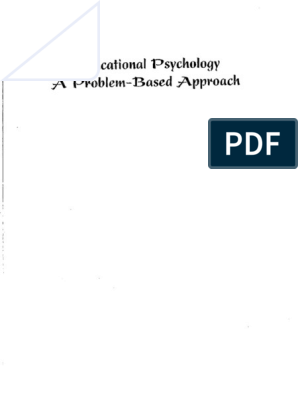0% found this document useful (0 votes)
192 views20 pagesContinued Process Verification
The document discusses Continued Process Verification (CPV) as a critical step in the product life cycle, emphasizing the importance of integrating quality by design (QbD) from the design stage. It outlines the methodologies for CPV, including statistical tools and data collection techniques, to ensure ongoing monitoring and evaluation of manufacturing processes. The benefits of CPV include real-time assurance of product quality, enhanced regulatory compliance, and improved operational efficiency.
Uploaded by
Smrutiranjan NandaCopyright
© © All Rights Reserved
We take content rights seriously. If you suspect this is your content, claim it here.
Available Formats
Download as PDF, TXT or read online on Scribd
0% found this document useful (0 votes)
192 views20 pagesContinued Process Verification
The document discusses Continued Process Verification (CPV) as a critical step in the product life cycle, emphasizing the importance of integrating quality by design (QbD) from the design stage. It outlines the methodologies for CPV, including statistical tools and data collection techniques, to ensure ongoing monitoring and evaluation of manufacturing processes. The benefits of CPV include real-time assurance of product quality, enhanced regulatory compliance, and improved operational efficiency.
Uploaded by
Smrutiranjan NandaCopyright
© © All Rights Reserved
We take content rights seriously. If you suspect this is your content, claim it here.
Available Formats
Download as PDF, TXT or read online on Scribd
/ 20


















































































































